Few predators command the same level of respect and intrigue as the mountain lion. These solitary big cats, also known as pumas, cougars, or panthers, are masters of their domain with carefully established territorial boundaries that help them survive and thrive in diverse landscapes across the Americas. Territory marking is a fundamental aspect of mountain lion behavior, serving multiple critical functions in their daily lives. Through a sophisticated system of visual, olfactory, and auditory signals, these apex predators communicate ownership of hunting grounds, ensure breeding rights, and help avoid potentially deadly conflicts with other mountain lions. Understanding how these majestic creatures mark and defend their territory provides fascinating insights into their complex social structure and survival strategies in the wild.
The Importance of Territory for Mountain Lions
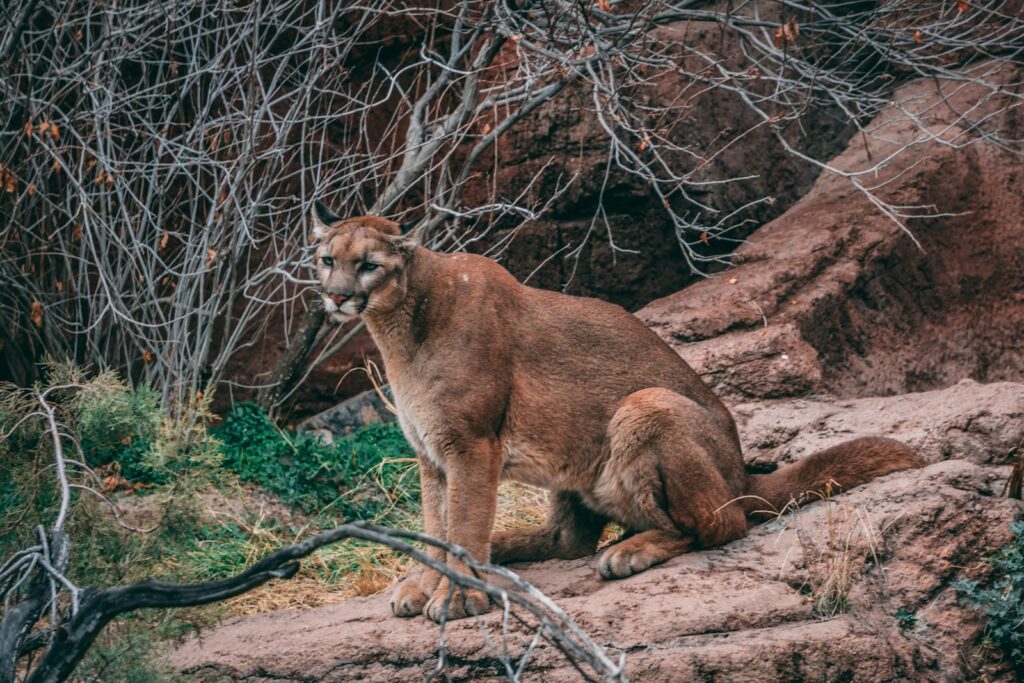
For mountain lions, territory represents far more than just a place to exist—it’s a carefully selected region containing all the resources necessary for survival. A typical mountain lion territory must include adequate prey populations, suitable denning sites, access to water, and diverse terrain offering both hunting advantages and protection. Males typically maintain larger territories ranging from 50 to 150 square miles, while females establish smaller ranges of approximately 20 to 60 square miles. The size varies dramatically based on habitat quality, prey density, and local mountain lion population. Mountain lions invest significant energy into establishing and defending these territories because they represent the difference between thriving and merely surviving, particularly in challenging landscapes where resources may be limited.
The Science of Scent Marking
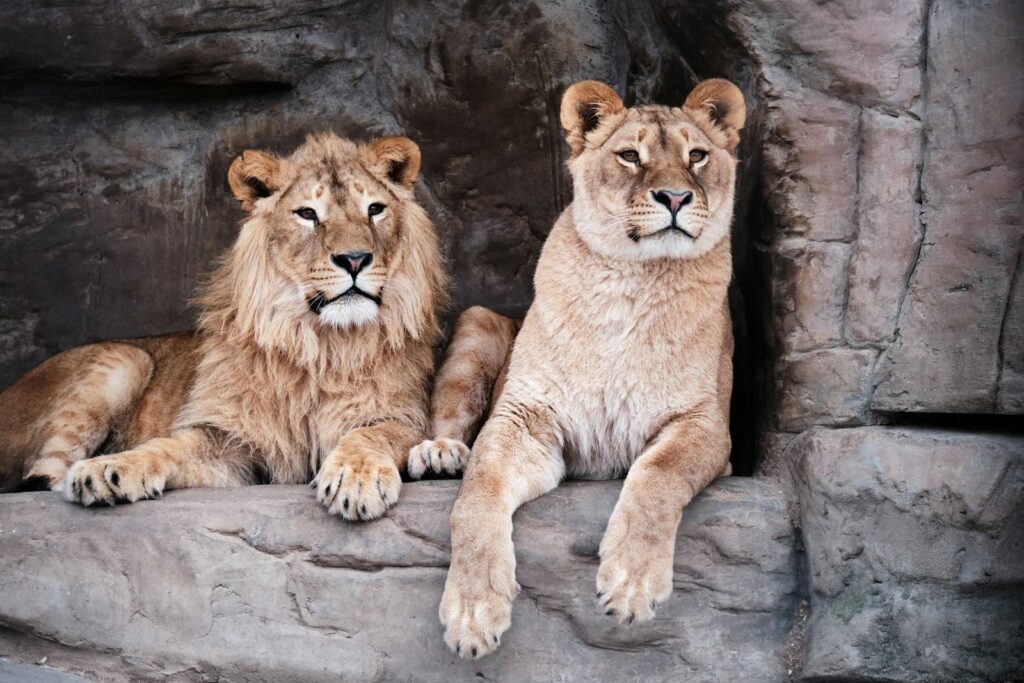
Scent marking represents the primary method mountain lions use to establish territorial boundaries. These cats possess specialized scent glands located throughout their bodies, including facial glands, anal glands, and glands between their paw pads. When a mountain lion deposits scent, it leaves behind complex chemical compounds containing information about the animal’s sex, reproductive status, age, health, and identity—essentially creating a detailed biological calling card. Research has shown these scent marks can persist in the environment for weeks under favorable conditions, continuing to broadcast territorial messages long after the cat has moved to another section of its range. The chemical complexity of these scents is remarkable, with scientists identifying hundreds of different compounds that create each mountain lion’s unique olfactory signature.
Scraping Behavior: Creating Visual and Olfactory Markers
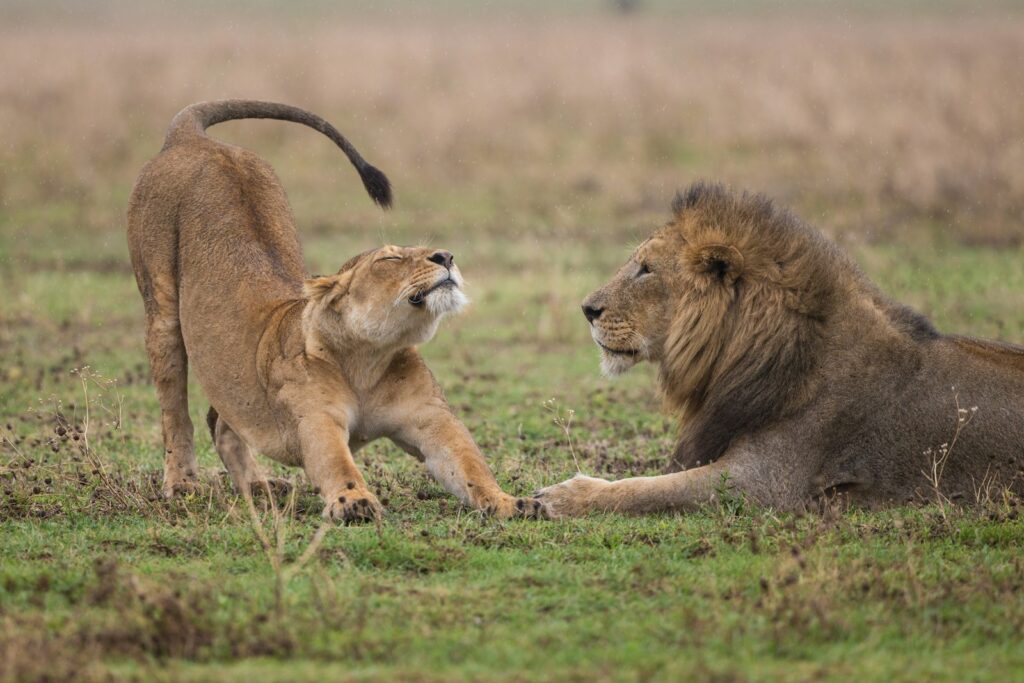
Perhaps the most distinctive territorial marking behavior of mountain lions is scraping, a ritualized process that creates both visual and scent-based boundary markers. To create a scrape, a mountain lion uses its hind feet to push backward against the ground, creating a small pile of debris at one end of a cleared patch of earth spanning roughly 4-8 inches in length. After creating this visual marker, the cat typically urinates or defecates on the scrape, adding powerful olfactory components to the territorial signal. Research has documented individual mountain lions creating hundreds of scrapes throughout their territory, with increased frequency along boundaries and travel corridors. Male mountain lions create substantially more scrapes than females, particularly during breeding seasons when territorial defense becomes especially critical.
Strategic Placement of Territorial Markers
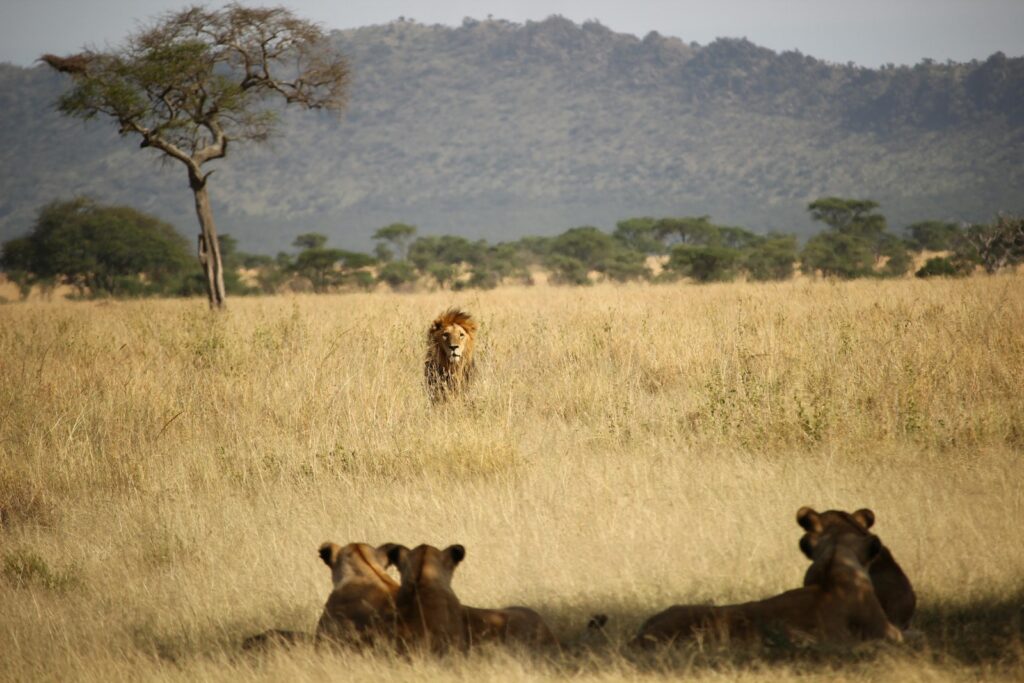
Mountain lions don’t randomly distribute their territorial markers but instead follow sophisticated spatial strategies that maximize communication efficiency. Studies using GPS collars have revealed that scrapes and other markers are concentrated along territory boundaries, game trails, ridgelines, and natural travel corridors where other mountain lions are most likely to encounter them. Prominent landscape features like large boulders, distinctive trees, trail junctions, and stream crossings receive disproportionate marking attention. Researchers have documented increased marking density at territory overlap zones, creating “communication hotspots” where multiple cats can exchange territorial information without direct confrontation. This strategic placement demonstrates the remarkable spatial awareness these predators possess and their sophisticated understanding of landscape features that facilitate communication.
Claw Marking on Trees
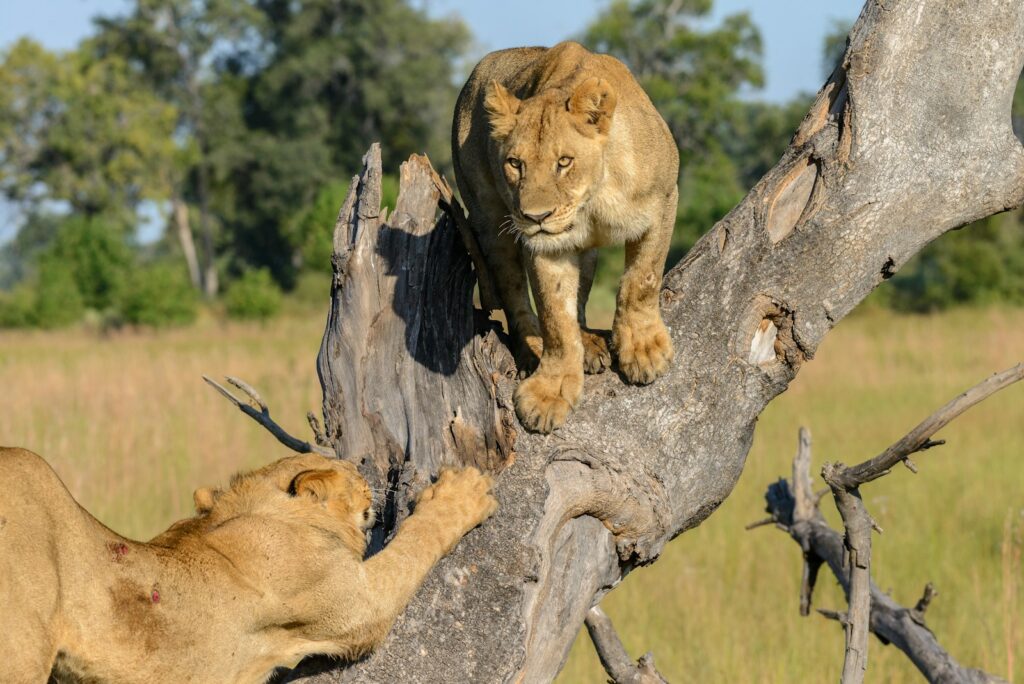
Tree scratching represents another important visual and scent-marking behavior in the mountain lion’s territorial arsenal. When a mountain lion scratches a tree, it leaves behind both visible claw marks and scent from interdigital glands located between its toes. These scratches typically appear 4-8 feet up the trunk, creating distinctive vertical scarring patterns visible to other mountain lions. The cats preferentially select trees with soft bark like aspens or pines that readily show damage and retain scent effectively. Beyond communication, this scratching behavior also serves a practical purpose by keeping claws sharp and conditioned. Some trees in areas with stable mountain lion populations show generations of accumulated scratches, creating long-lasting territorial landmarks used by successive cats over decades.
Vocalizations as Territorial Announcements
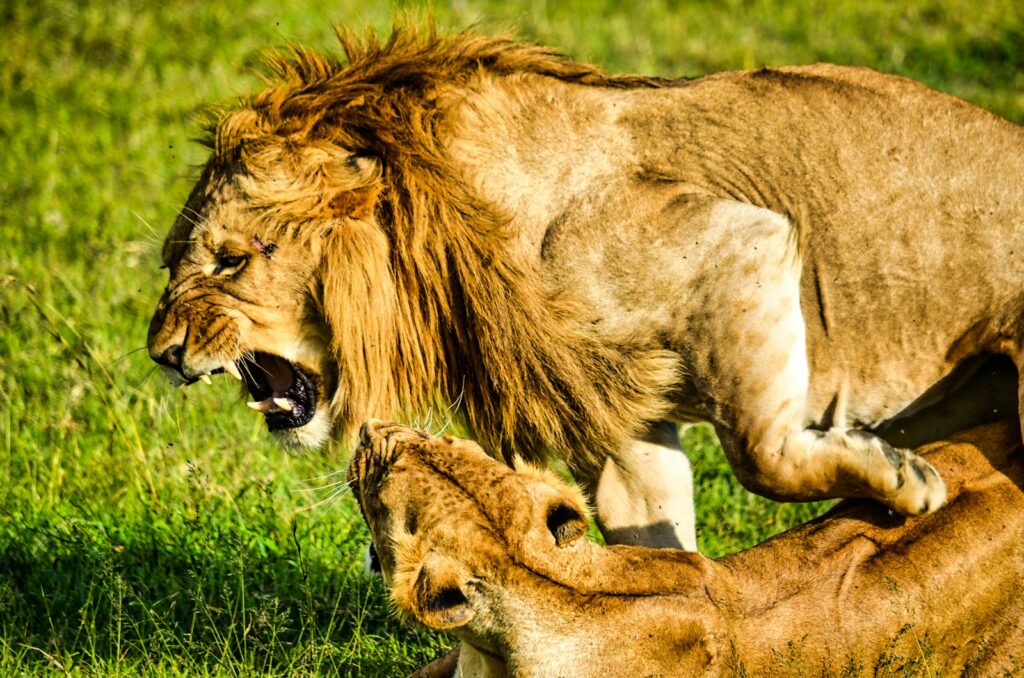
While primarily silent hunters, mountain lions occasionally employ vocalizations as part of their territorial communication system. During breeding seasons, male mountain lions may produce distinctive screaming calls that announce their presence and deter competing males from entering their territory. These vocalizations can carry for miles in favorable conditions, making them effective long-distance territorial declarations. Female mountain lions also vocalize more frequently during estrus, potentially advertising their reproductive status to territorial males. Mountain lion vocalizations are particularly unsettling to humans because they sometimes resemble a woman screaming, leading to numerous reports of “mysterious screams” in rural areas. Unlike regular scent marking, vocalizations are typically reserved for specific breeding-related territorial disputes rather than routine boundary maintenance.
Territorial Behaviors During Breeding Season
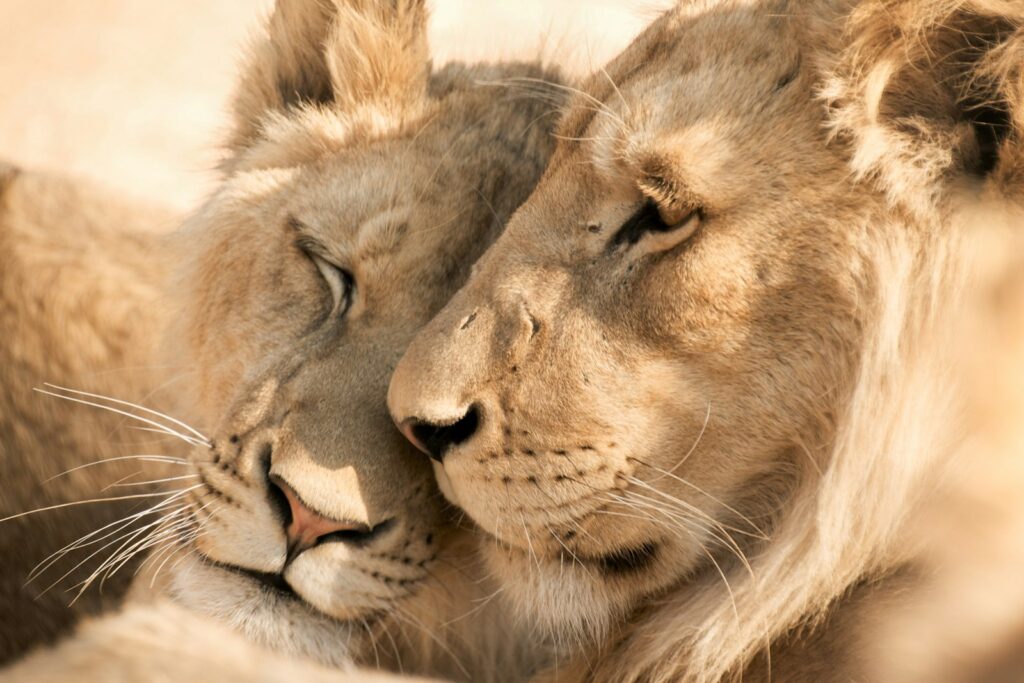
Mountain lion territorial marking intensifies dramatically during breeding seasons when competition for mates drives increased boundary enforcement. Male mountain lions increase their scraping frequency by as much as 300% during these periods, creating dense networks of territorial markers throughout their range. They also expand their patrolling behavior, covering more ground and more frequently refreshing boundary markers to ensure competing males receive clear warnings. Researchers tracking mountain lions have documented males traveling up to 25 miles in a single night during peak breeding season, much of this distance dedicated to territorial maintenance. This intensified marking behavior correlates directly with increased territorial disputes and physical confrontations between competing males, highlighting the critical connection between reproductive success and territory control.
Differences Between Male and Female Territorial Marking
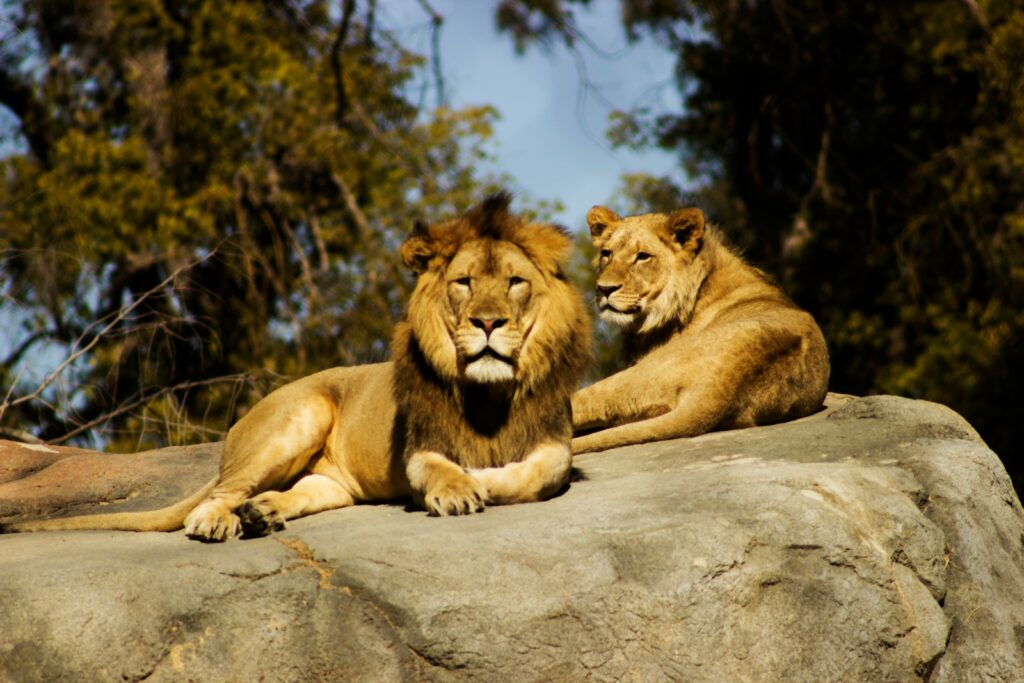
Mountain lion territorial marking displays significant sex-based differences reflecting the distinct ecological roles males and females play. Male mountain lions create approximately five times more scrapes than females and maintain more consistent territorial boundaries year-round. Female marking behavior fluctuates more dramatically based on reproductive status, with significant increases during estrus periods and when raising young cubs. While males primarily mark to establish exclusive territories against other males, females create buffer zones against males that might threaten their cubs. Research has also documented substantial differences in chemical composition between male and female scent marks, with male urine containing specific compounds that signal dominance and competitive threat to other males.
Territorial Responses to Human Development
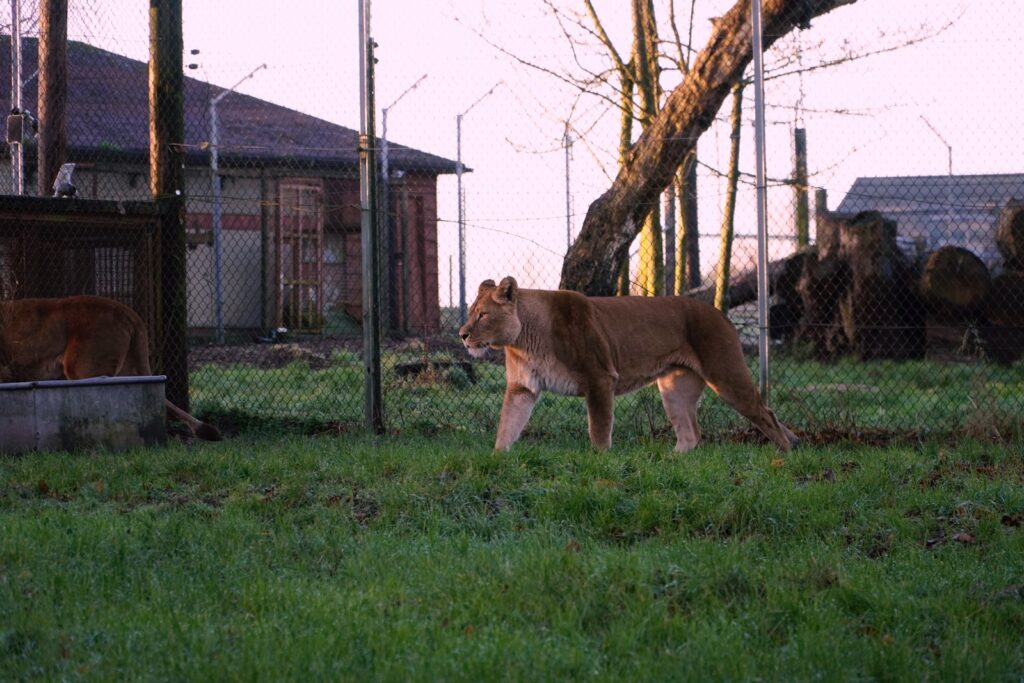
As human development increasingly fragments mountain lion habitat, researchers have observed fascinating adaptations in territorial marking behaviors. Mountain lions living near human settlements often establish more compressed territories with intensified marking along human-wildlife interface zones. These cats frequently use infrastructure like culverts, underpasses, and fence lines as marking focal points, incorporating man-made features into their natural communication system. GPS tracking studies have revealed that mountain lions living in developed areas perform most territorial maintenance activities at night when human activity decreases, effectively time-sharing the landscape. Some mountain lions have even been documented using dirt roads and trails as territorial marking superhighways, leveraging these human-created corridors to efficiently distribute their scent throughout their range.
Territorial Overlap and Tolerance
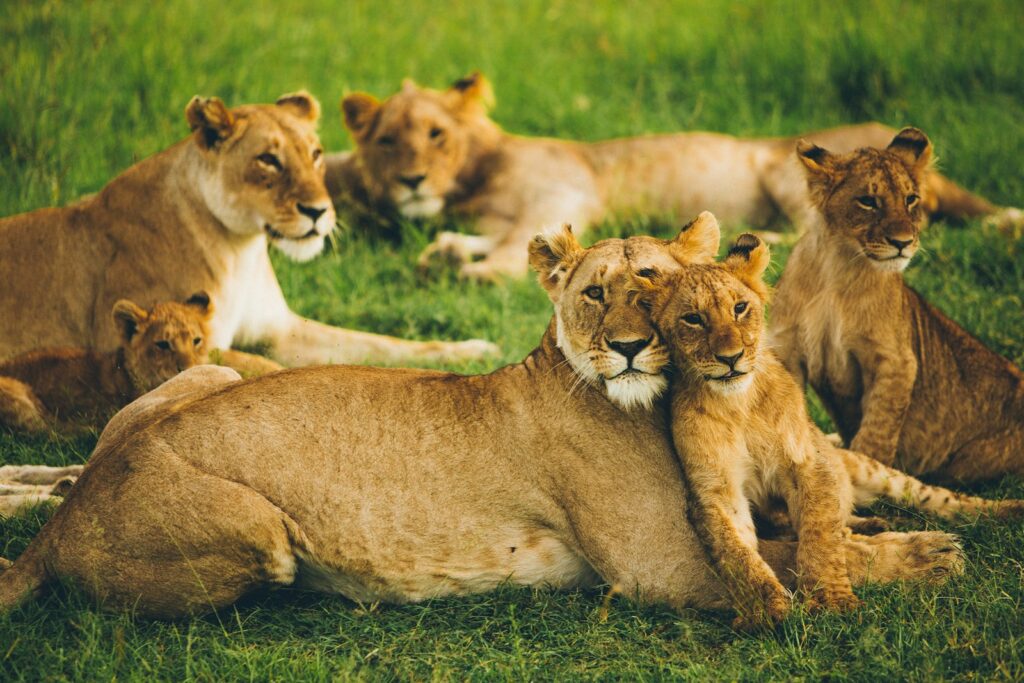
Despite their reputation as strictly solitary predators, mountain lion territories frequently demonstrate complex overlap patterns reflecting sophisticated social relationships. While core hunting areas remain exclusive, peripheral zones often overlap between related females or between dominant males and subordinate males. These overlap areas feature heightened marking activity, creating communication zones where cats indirectly negotiate space sharing without direct confrontation. Female mountain lions, particularly mothers and daughters, sometimes demonstrate remarkable tolerance for territory sharing, with overlapping ranges that shift seasonally based on resource availability. Research using camera traps has documented multiple mountain lions visiting the same marking sites within hours of each other, demonstrating that these locations function as important information exchange hubs in mountain lion society.
Defending Territory Against Intruders
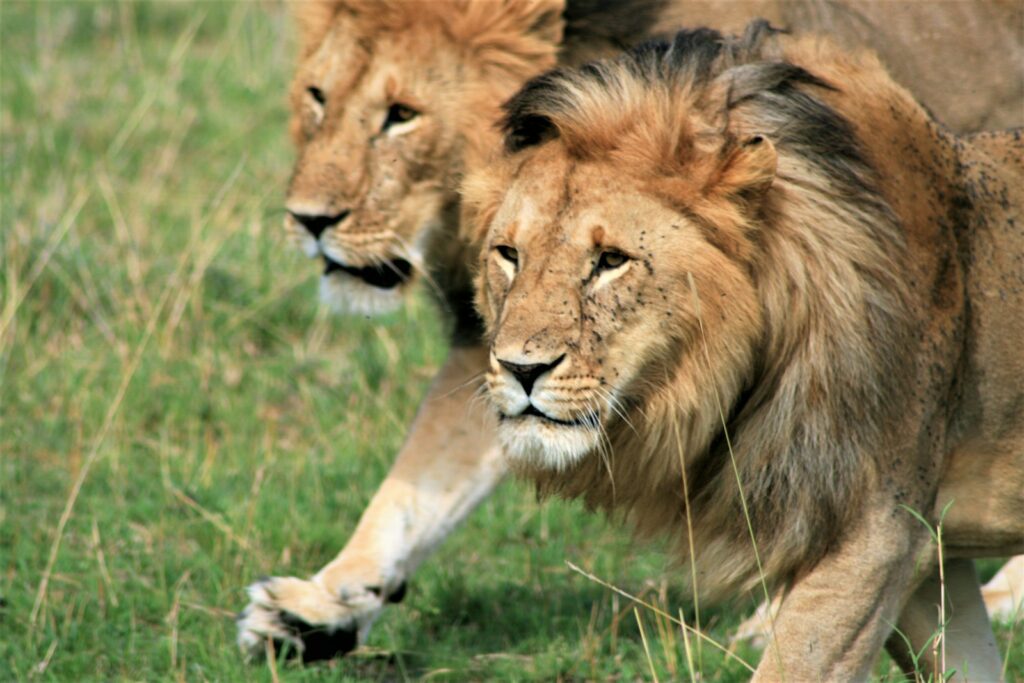
When territorial marking fails to deter intruders, mountain lions resort to direct confrontation to defend their boundaries. These territorial disputes can escalate into violent conflicts, particularly between competing males, resulting in serious injuries or even death. Dominant mountain lions patrol their territories regularly, sometimes covering 10-15 miles in a single night, actively searching for signs of trespassers. When an intruder is detected, the territorial holder typically uses intimidation displays including growling, body posturing, and intense vocalizations before resorting to physical combat. Camera trap studies have captured remarkable footage of these confrontations, showing the extreme importance mountain lions place on maintaining exclusive access to their hard-won territories. After successful defense, the victorious mountain lion typically engages in intensive remarking of the contested area, reinforcing boundaries that were challenged.
Establishing New Territories
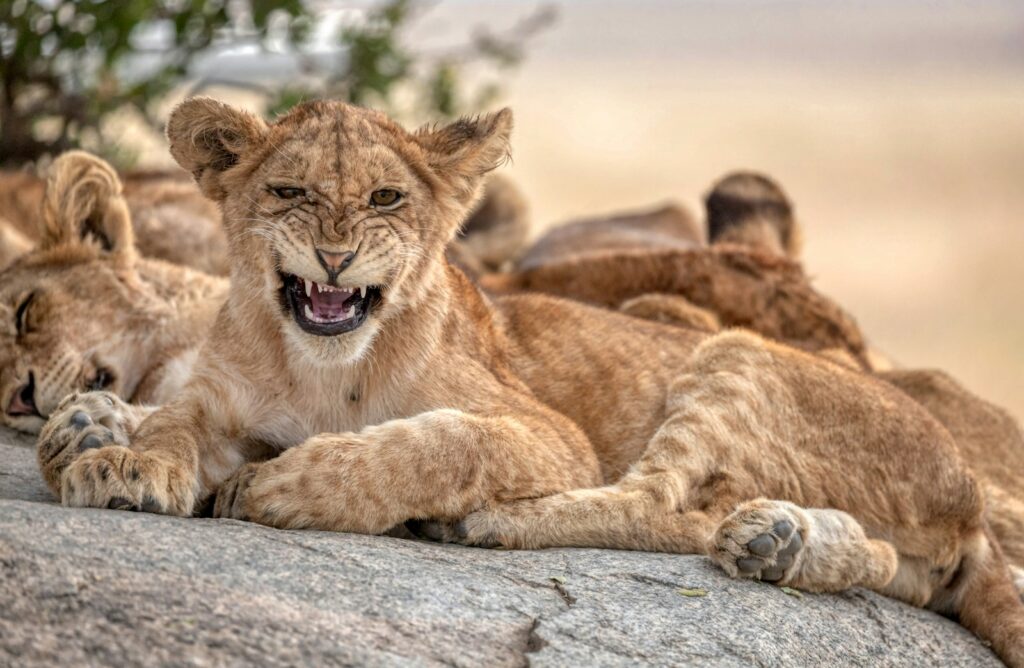
Young mountain lions face the challenging task of establishing new territories when they disperse from their mother’s range, typically between 12-18 months of age. These subadult cats must navigate through established territories, facing significant risk from dominant territory holders while searching for unclaimed space. Dispersing males sometimes travel hundreds of miles before securing territory, carefully probing established boundaries and seeking vacant areas created by the death of resident adults. The process of establishing a new territory involves a gradual increase in marking behaviors as the young cat gains confidence in claiming space. Research tracking dispersing mountain lions has documented individuals creating experimental scrapes in potential territories, then increasing marking intensity if no dominant cat responds to the challenge. This complex process of territory establishment represents one of the most dangerous periods in a mountain lion’s life, with high mortality rates during dispersal.
Conservation Implications of Territorial Behavior
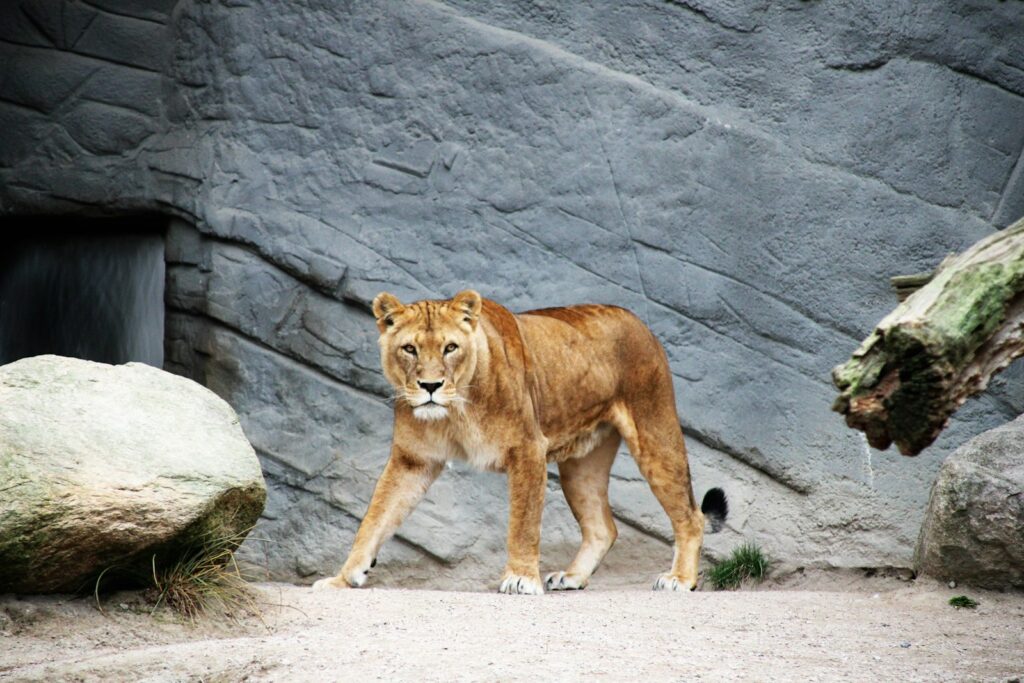
Understanding mountain lion territorial behavior has become increasingly crucial for effective conservation as these magnificent predators face mounting habitat challenges. Wildlife corridors connecting isolated habitat patches must be designed with mountain lion territorial requirements in mind, providing sufficient space for these cats to establish viable territories. Conservation biologists now use knowledge of territorial marking patterns to monitor mountain lion populations non-invasively, collecting DNA from scrapes and estimating population density from marking frequency. The identification of marking hotspots has helped conservationists prioritize critical habitat connections that facilitate gene flow between isolated populations. As mountain lions continue to recolonize former range in some regions while facing increased pressures in others, this sophisticated understanding of territorial behavior provides valuable tools for ensuring these apex predators maintain their ecological role in balanced ecosystems.
The complex territorial marking behaviors of mountain lions reflect millions of years of evolutionary refinement, creating a sophisticated communication system that allows these solitary predators to maintain social organization without constant direct interaction. From strategically placed scrapes to tree scratching, vocalizations, and scent marking, mountain lions employ multiple sensory channels to broadcast territorial ownership across vast landscapes. Their marking behaviors not only prevent costly conflicts but also facilitate breeding opportunities and efficient resource use. As we continue to share landscapes with these remarkable predators, understanding their territorial behaviors offers valuable insights for conservation and provides a deeper appreciation for the invisible boundaries that shape mountain lion society. These unseen territories, marked through sophisticated communication methods, reveal the hidden social complexity of North America’s most widespread and adaptable big cat.

